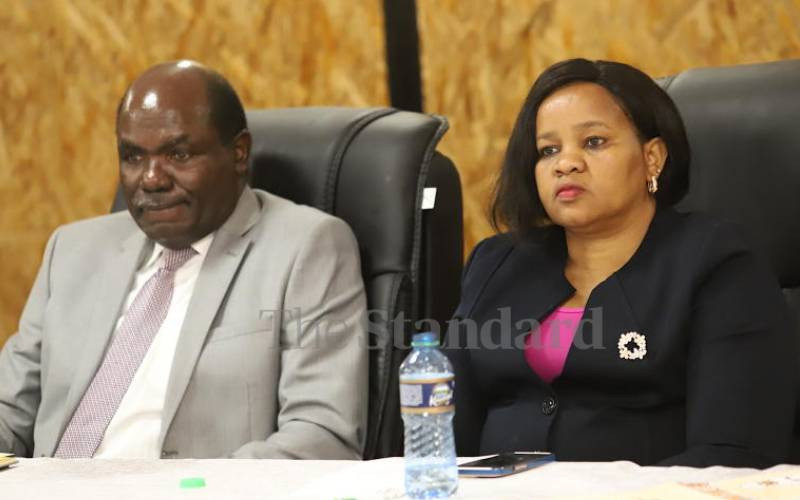×
The Standard e-Paper
Home To Bold Columnists

Who needs term limits? Kenyans just evicted 211 of our 384 elected legislators from office; 146 out of 290 MPs, 34 of 47 women reps and 31 of 47 senators.
Meanwhile, the true place and space for women in our elected leadership is growing impressively; think seven of 47 governors for the next five years; almost 30 in our single member constituencies, and three in our Senate.